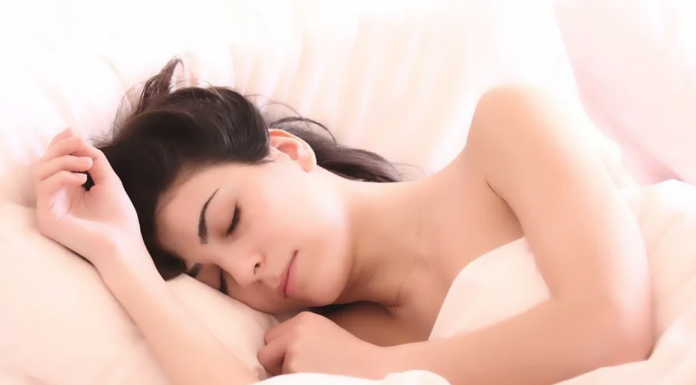MEDICAL XPRESS – A little-known and poorly understood sleep disorder that occurs during the rapid eye movement, or REM, stage of sleep has been garnering attention for its role in foreshadowing neurodegenerative brain diseases such as Parkinson’s disease and dementia with Lewy bodies.
The disorder, known as REM sleep behavior disorder, or RBD in the medical field, affects around 1% of the general population worldwide and about 2% of adults over 65.
The Conversation talked with Anelyssa D’Abreu, a neurologist who specializes in geriatric neurology, to explain what researchers know about the condition’s links to dementia.
1. What is REM sleep behavior disorder?
Every night, you go through four to five sleep cycles. Each cycle, lasting about 90 to 110 minutes, has four stages. That fourth stage is REM sleep.
REM sleep only comprises 20% to 25% of total sleep, but its proportion increases throughout the night.
During REM sleep, your brain rhythms are similar to when you are awake, your muscles lose tone so you are unable to move, and your eyes, while closed, move quickly. This stage is often accompanied by muscle twitches and fluctuations in your respiratory rate and blood pressure.
But someone with REM sleep behavior disorder will act out their dreams. For reasons that are poorly understood, the dream content is usually violent—patients report being chased, or defending themselves, and as they sleep they shout, moan, scream, kick, punch and thrash about.
Injuries often result from these incidents; patients may fall from bed or accidentally harm a partner. Some 60% of patients and 20% of bed partners of people with this disorder sustain an injury during sleep.
If you suspect you have REM sleep behavior disorder, see a sleep specialist or neurologist.
Appropriate testing, including a sleep study, are needed to determine if a patient has REM sleep behavior disorder, as opposed to another disorder, such as obstructive sleep apnea …



